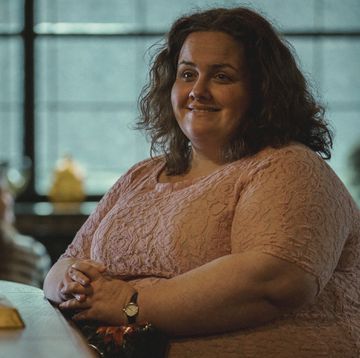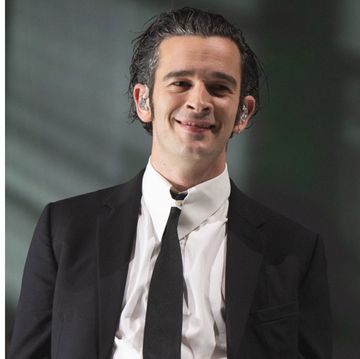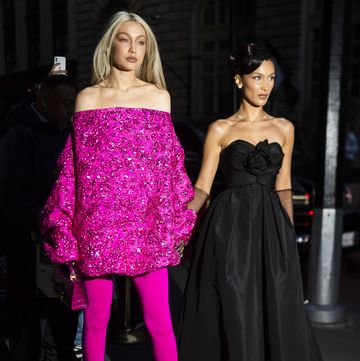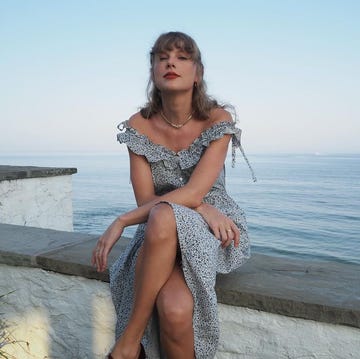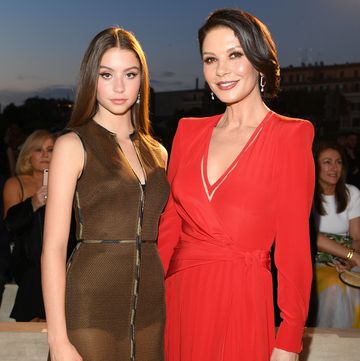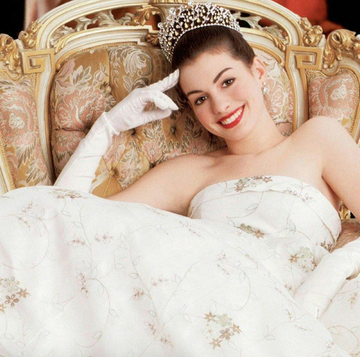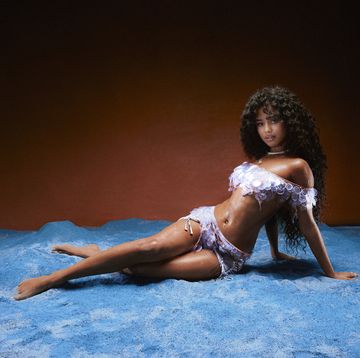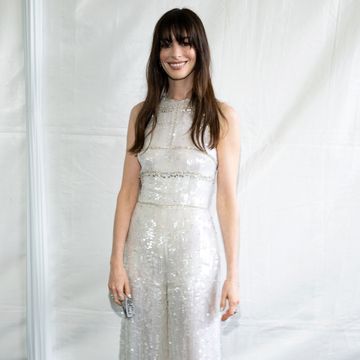What does it mean to be real? I kept asking myself that as I watched a special screening of ‘The Danish Girl’. Set in Copenhagen and Paris in the late 1920’s, the film stars Eddie Redmayne as Lile Elbe, a woman formerly known as the painter Einar Wegener, and one of history’s first known recipients of gender reassignment surgery.
Although I haven’t read David Ebershoff’s novel of the same name, I enjoyed watching the ‘The Danish Girl’ because it has meaning and integrity all wrapped up in a beautifully costumed aesthetic. Mind you, as someone who is transgender, I could easily list out all the differences between my transition experience to that of Lile’s. But the film isn’t about that. It’s about one person’s journey.
The more interesting talking point is that Lile is portrayed (and beautifully so, I might add) by a straight male, Eddie Redmayne. We’ve seen this before, with Jared Leto in ‘Dallas Buyers Club’ and Felicity Hoffman in ‘Transamerica.’ But we’re also seeing an increasing number of trans actors in film and television who are worth paying attention to: Laverne Cox, Jamie Clayton and Rebecca Root, for example. But I’d like to see them portraying women, rather than being limited to only playing transgenders. If audiences are willing to accept Eddie as a trans, they should be willing to accept a Laverne Cox or Jamie Clayton as a female romantic lead.
To put this in context with my experience, a few years ago, I performed in a play called ‘Angel Cake’ which ran for three weeks at Camden People’s Theatre in London. I played the role of Sophie, a girl in her late 20s contemplating the end of the world. Sophie wasn’t transgender. In 2012 this was confusing for some of my audience members who couldn't understand why I would or should portray Sophie. But I was an actor, just like Eddie. It’s fantastic that the BBC have enabled this in ‘Boy Meets Girl’ and ‘Eastenders’.
We are seeing more exposure of the trans narrative in film and TV (see my previous column, The Year Trans Went Pop) and ‘The Danish Girl’ will highlight this even more. But interestingly, in 'The Danish Girl' the word transgender isn’t used to describe Lile. Lile is a woman, and the film explores how a person born genetically as male but identifies as female starts this journey. In time we won’t see being transgender as the hotbed discussion it is today, but we must not discredit this portrayal and the potential help ‘The Danish Girl’ will play in this reality.

